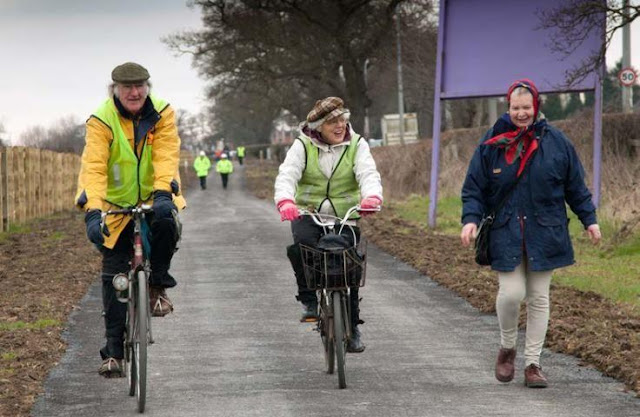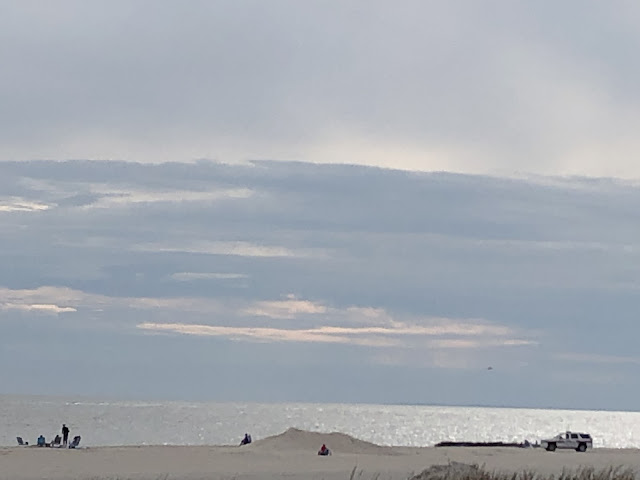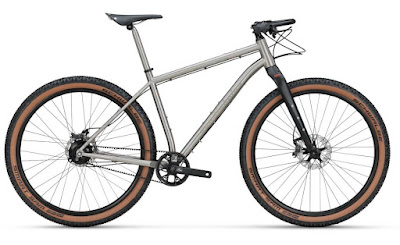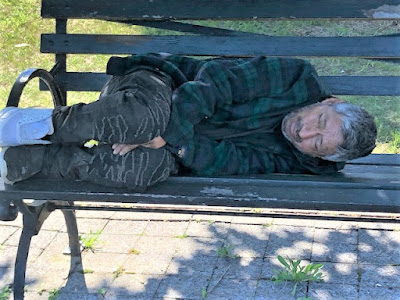For all of the work that has been done with frame and wheel materials and configurations, and with new ways of shifting and braking, the single most important bicycle-related technological innovation--indeed, one of the world's most important technological innovations, period-- is 135 years old.
I am talking about the pneumatic tire, which John Boyd Dunlop created. Note my choice of the last word in the previous sentence: For decades, Dunlop was cited as the "inventor" of the air-filled rubber tire. But neither he nor researchers on the subject seemed to have been aware of the patent fellow Scotsman Robert Thomson took out four decades earlier for his "aerial wheels," which were tubes of rubber strengthened by a process Thomson invented: vulcanization.
Thomson's creations were produced only in limited quantities mainly because rubber, at the time, was very expensive. And, because there were no cars or planes, and very few of anything we would recognize as bicycles, the market for his creation was limited. Apparently, though trials showed that carriages fitted with Thomson's "aerial"s were markedly faster and more comfortable, carriage owners and operators didn't line up to buy them. My guess is that changing a flat tire would have been, to say the least, arduous.
Anyway, Dunlop's tires literally changed the world: Without them, bicycles, cars and trucks would be no faster than horse-drawn carriages , and modern aircraft could not take off or land. And, ever since, owners and operators of vehicles have tried to eliminate the main drawback of air-filled tires--that they can flat--without sacrificing their buoyancy.
(To clarify: For whatever advantages they offer, today's tubeless tires do not solve this dilemma. Since they are filled with air, they indeed can go flat.)
It seems that every decade or two, someone or some company or another comes out with an airless tire. A few years ago, I wrote about one I rode--the Zeus LCM--I tried about four decades ago, when I worked at Highland Park Cyclery in New Jersey. While I understood their appeal to commuters and folks who weren't confident in their mechanical abilities--or simply didn't want to dirty their hands or scratch their newly-enameled nails--I switched back to my air-filled tubed tires after a few rides.
About two and a half years ago, I wrote about one of the latest attempts to create an airless tire. Actually, unless I want to be struck by the ghost of my old physics teacher, I have to correct myself: there is air at the core of the tire I'm about to describe, just as there is air in most "empty" spaces on Earth. The difference is that the air at the hollow core of the Metl tire isn't pressurized and not necessary for the tire to hold its shape.

Rather, the Metl tire, as the name indicates, is kept round by a Slinky-like spring made from a nickel-titanium alloy and wound around the inside of a polyurethane-rubber tube, which has a replaceable rubber tread. The alloy used in the spring, combined with its design, makes for a tire that, like conventional pneumatics, deforms on impact but springs back to its original shape. This design is very similar to the tires used on planetary rover vehicles, so it's not surprising that tires were developed for the Smart Tire Company with NASA's cooperation.
 |
| The Metl tire, without its tread. |
The treads are said to have a lifespan of 5000 to 8000 miles (about 8000 to 12,800 km) but the main body of the tire should last for the life of the bike, according to Smart. They fit conventional rims and are now available--via a Kickstarter campaign--in 700C X 32,35 and 38C sizes. The 35C width has a claimed weight of 450 grams (about 16 ounces, or one pound), which is fairly typical for a tire of its size.
A pledge of $500 will get you a pair of tires, and it costs $10 to re-tread them. A complete set of aluminum or carbon-fiber wheels clad with Metl tires can be had with pledges of $1300 and $2300, respectively. Just take note, dear investors (When have you ever seen that phrase in a novel?) that delivery of the tires and wheels isn't expected before next June.








































